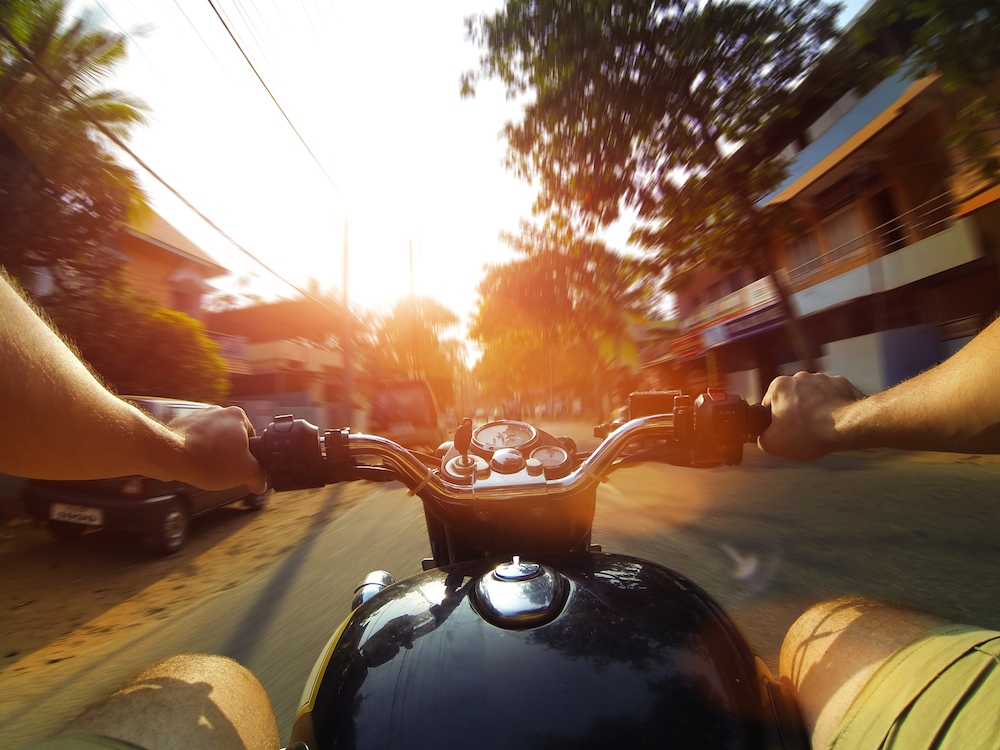- Micro-mobility services in India expected to benefit in post-pandemic world.
- Investors have poured more than $9 billion into micro-mobility companies worldwide this year.
- Commuters worldwide may be hesitant to return to taking buses and trains to the office, creating an opportunity for micro-mobility and ride-sharing services.
India, already the world’s largest market for two-wheeled motorized vehicles, is seeing a surge in micro-mobility investments as commuters are expected to shun post-pandemic public transportation.
“Indian micro-mobility is a fast-growing market, an underpenetrated market,” Asad Hussain, mobility analyst at PitchBook, told Karma. “The current pandemic is going to fast-track more investment into it.”
Public transportation ridership across all various modes plummeted as much as 80% to 90% worldwide during the pandemic lockdown, according to the Indian think-tank Ola Mobility Institute. As economies around the world begin to open up again, commuters who can’t use their own cars likely will seek out ways to get to the office without getting close to other travelers.
“A lot of people just aren’t comfortable hopping on a crowded bus or a train,” Hussain said. He predicted that ride-sharing services like Uber and Lyft and car-sharing companies like ZipCar will benefit, with micro-mobility services like scooter-sharing companies Lime and Bird gaining the most.
Investors are betting that way. Venture-capital deals in the shared mobility space this year have totaled more than $9 billion, according to PitchBook. Among the top deals were the $3 billion raised by Waymo, from investors including Silver Lake, and Gojek’s $3 billion Series F round.
Carson Dalton, senior director of the Ola Mobility Institute, predicted the prevalence of shared mobility in India will grow because of the pandemic’s economic impact. Consumers looking to be careful with their discretionary spending will avoid buying a personal vehicle, preferring to use the mobility services, he said in an emailed comment to Karma.
Two-wheelers are already common in the country, with more than 63,000 two-wheelers sold every day in 2019, according to an institute report. In fact, for every 1,000 people in the country, there are 102 two-wheelers compared to 22 cars, making it the world’s largest micro-mobility market.
In fact, Asia and Europe probably will adopt shared mobility far faster than the U.S., where personal car ownership is more ingrained, Hussain said.
The institute said governments can speed that transition, which would help curtail urban problems including congestion and emissions. Cities could close more streets to cars and add more cycling tracks and footpaths, for instance. Dedicated roadside curb spaces and parking spaces for ride-sharing and micro-mobility vehicles would also help, while enabling social distancing.
The pandemic renewed the focus on building sustainable and resilient cities, Dalton wrote. The focus will shift from moving vehicles to moving people, he said.
In theory, micro-mobility could encompass all passenger trips of less than five miles, which account for as much as 50% to 60% of total passenger miles traveled in China, the European Union, and the U.S., according to a McKinsey report last year.






















